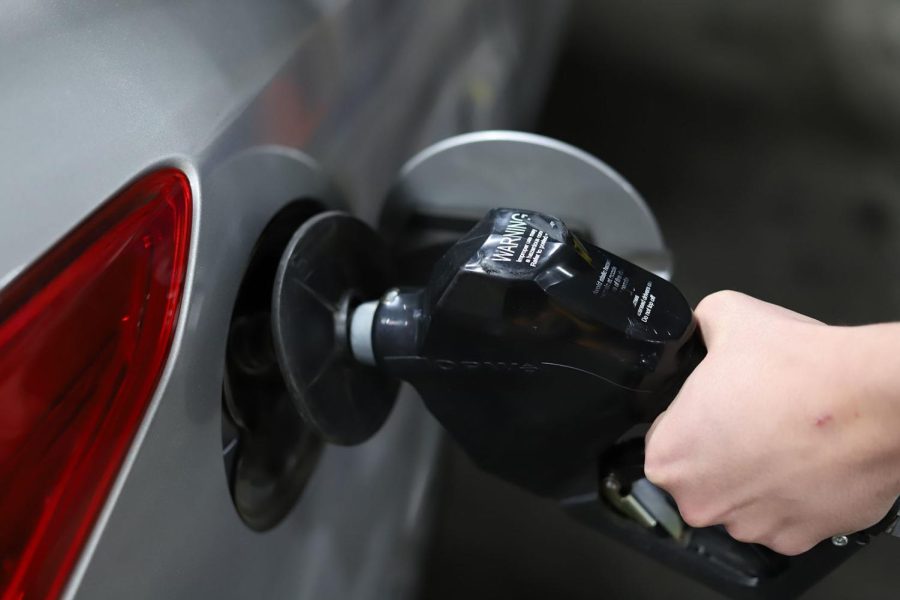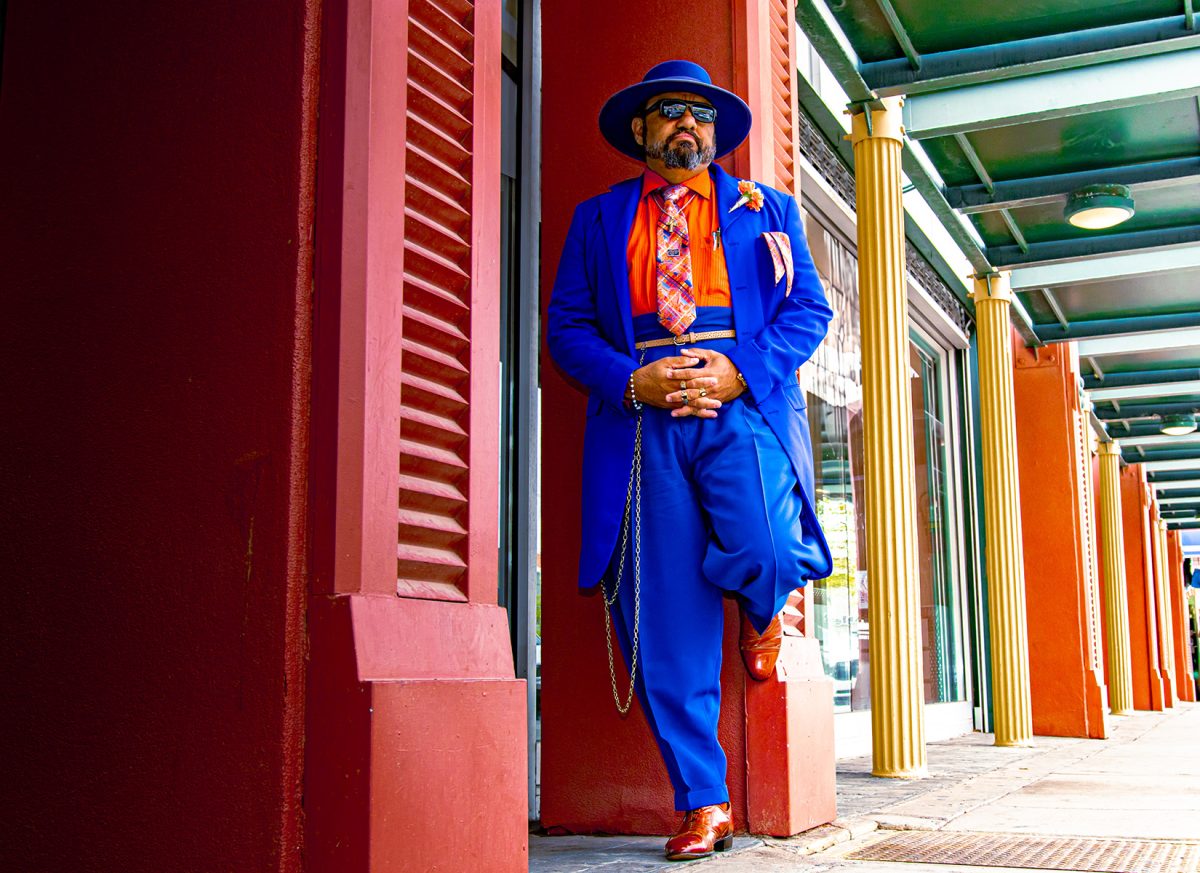Gas prices are climbing nationally, impacting the way people commute. For three weeks the average cost of gasoline has been on the rise, according to GasBuddy. The year 2022 has had a greater incline compared to recent years.
As of Monday, Jan. 10, the national average sat at 97.5 cents higher than the previous year, according to a compilation of data collected by GasBuddy from more than 11 million reports from over 150,000 gas stations across the United States. For the last five years on Jan. 10, the price of gasoline never broke $2.50 per gallon, let alone $3 per gallon.
“I’ve been spending too much on gas because I come from the east side, so I always have to go back and forth every day to campus,” said senior, Ramon Alqueza.
The current fluctuation may not be the end of it.
The shutdown of some refineries is one factor contributing to the rise of prices; these refineries lost profit when the COVID-19 surge happened back in 2020, leading to their locked doors. Another could be the unrest in Kazakhstan and Libya, according to Patrick De Haan, head of petroleum analysis for GasBuddy.
Kazakhstan is the 18th largest oil-producing country and experienced violent protests in early January regarding issues ranging from increased oil prices to living standards to government corruption.
“I live on the east side, so I have a 15- or 20-minute commute,” said Alexis Morales, senior, when asked if she was concerned about how the price could affect her.
Students of UTEP seem to share the consensus of concern for rising prices.
In November, El Paso had the highest gas prices in the state of Texas, according to KFOX. With the average, nationally, standing at $3.316, El Paso’s average rests at $3.344, according to American Automobile Association, also known as AAA. What can we expect from gasoline fluctuations?
“Oil prices have remained stubbornly strong, touching nearly $80 per barrel last week, pushing gasoline prices higher even as U.S. gasoline demand starts to struggle,” De Haan said “Some of this is typical seasonal weakness, but the lack of demand is likely enhanced by Omicron cases surging and Americans who are just a bit more hesitant to get out right now.”
Gas prices seem to be dropping as Omicron has more people staying home. However, the prices may get worse before they get better, according to a news report from CNN.
“If gas prices keep going up, I’m probably going to have to go on the bus because I’m going to be paying like, $30 every time to fill up a new tank of gas,” Alqueza said.
Other students like Valeria Aguirre, junior, agreed with this same sentiment.
Some students like Dereon Pacely, a junior, conveyed how fortunate they are to live on campus, expressing they can walk or travel by bike.
With these variables coming from all sides, it is hard to predict where gas prices will lead after this winter.
Kristen Scheaffer is a staff reporter and can be reached at [email protected].













